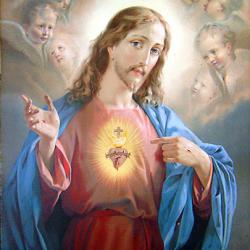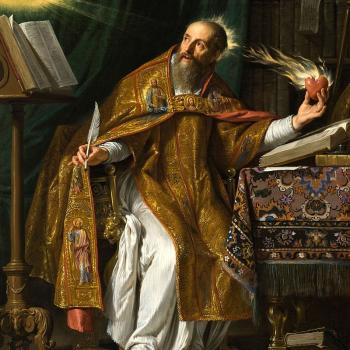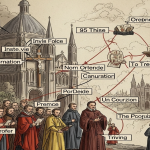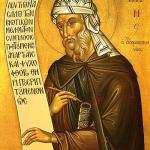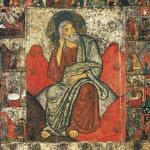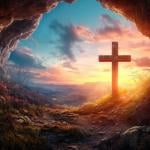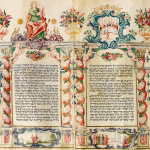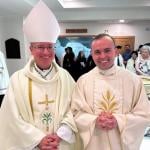I’m working my way through the book How the Saints Shaped History which included a section of the Church Father, and Doctor of the Church the Venerable, Teacher of the Faith Saint John of Damascus. He is also one of the Fathers of the Eastern Orthodox Church and is best known for his strong defence of icons in which he has some interesting things to say about the topic. His thoughts on the subject are captured in St John Damascene on Holy Images. His words are mostly a response to Iconoclasm which is a movement opposed to the veneration of icons.
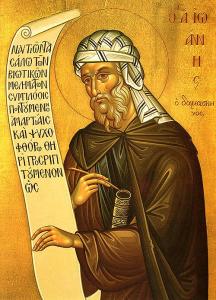
Here is what he had to say….
With the ever-present conviction of my own unworthiness, I ought to have kept silence and confessed my shortcomings before God, but all things are good at the right time. I see the Church which God founded on the Apostles and Prophets, its corner-stone being Christ His Son, tossed on an angry sea, beaten by rushing waves, shaken and troubled by the assaults of evil spirits. I see rents in the seamless robe of Christ, which impious men have sought to part asunder, and His body cut into pieces, that is, the word of God and the ancient tradition of the Church. Therefore I have judged it unreasonable to keep silence and to hold my tongue.
Things which have taken place are expressed by images for the remembrance either of a wonder, or an honour, or dishonour, or good or evil, to help those who look upon it in after times that we may avoid evils and imitate goodness. It is of two kinds, the written image in books, as when God had the law inscribed on tablets, and when He enjoined that the lives of holy men should be recorded and sensible memorials be preserved in remembrance; as, for instance, the earthen jar and the staff in the ark. So now we preserve in writing the images and the good deeds of the past. Either, therefore, take away images altogether and be out of harmony with God who made these regulations, or receive them with the language and in the manner which befits them.
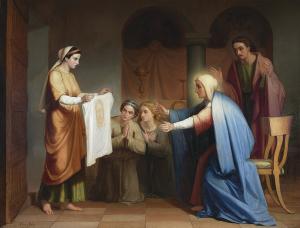
What better proof have we that images are the books of the illiterate, the ever-speaking heralds of honouring the saints, teaching those who gaze upon them without words, and sanctifying the spectacle. I have not many books nor time for study, and I go into a church, the common refuge of souls, my mind wearied with conflicting thoughts. I see before me a beautiful picture and the sight refreshes me, and induces me to glorify God. I marvel at the martyr’s endurance, at his reward, and fired with burning zeal, I fall down to adore God through His martyr, and receive a grace of salvation.
The divine beauty is not set forth either in form or comeliness of design or colouring, but is contemplated in speechless blessedness, according to its virtue. So do painters transfer human forms to canvas through certain colours, laying on suitable and harmonious tints to the picture, so as to transfer the beauty of the original to the likeness. -St Gregory of Nyssa, from the ‘Structure of Man.’
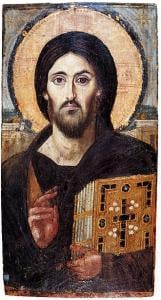
You see that the divine beauty is not set forth in form or shape, and on this account it cannot be conveyed by an image (οὑκ εἰκονίξεται): it is the human form which is transferred to canvas by the artist’s brush. If, therefore, the Son of God became man, taking the form of a servant, and appearing in man’s nature, a perfect man, why should His image not be made? If, in common parlance, the king’s image is called the king, and the honour shown to the image redounds to the original, as holy Basil says, why should the image not be honoured and worshipped, not as God, but as the image of God Incarnate?
As our forefathers in the faith pulled down the temples of demons, and erected on the same spot churches dedicated to saints whom we honour, so they overturned the statues of demons, and set up instead the images of Christ, of His holy Mother, and the saints. Even in the old dispensation, Israel neither raised temples to human beings, nor held sacred the memory of man. At that time Adam’s race was under a curse, and death was a penalty, therefore a mourning. A corpse was looked upon as unclean, and the man who touched it as contaminated. But since the Godhead has taken to Himself our nature, it has become glorified as a vivifying and efficacious remedy, and has been transformed unto immortality.
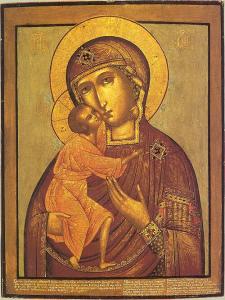
Thus the death of the saints is a rejoicing, and churches are raised to them, and their images are set up. Be assured that any one wishing to pull down an image erected out of pure zeal for the glory and enduring memory of Christ, or of His holy Mother, or any of the saints, to put the devil and his satellites to shame,—anyone, I say, refusing to honour and worship this image as sacred—it is not to be worshipped as God—is an enemy of Christ, of His blessed Mother, and of the saints, and is an advocate of the devil and his crew, showing grief by his conduct that the saints are honoured and glorified, and the devil put to shame. The image is a hymn of praise, a manifestation, a lasting token of those who have fought and conquered, and of demons humbled and put to flight.
You see what great strength and divine zeal are given to those who venerate the images of the saints with faith and a pure conscience. Therefore, brethren, let us take our stand on the rock of the faith, and on the tradition of the Church, neither removing the boundaries laid down by our holy fathers of old, nor listening to those who would introduce innovation and destroy the economy of the holy Catholic and Apostolic Church of God. If any man is to have his foolish way, in a short time the whole organisation of the Church will be reduced to nothing. Brethren and beloved children of the Church do not put your mother to shame, do not rend her to pieces.
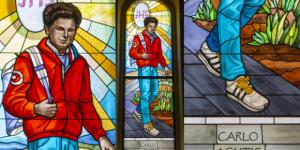
And may Christ fill you with the joy of His resurrection, most holy flock of Christ, Christian people, chosen race, body of the Church, and make you worthy to walk in the footsteps of the saints, of the shepherds and teachers of the Church, leading you to enjoy His glory in the brightness of the saints. May you gain His glory for eternity, with the Uncreated Father, to whom be praise for ever. Amen.




